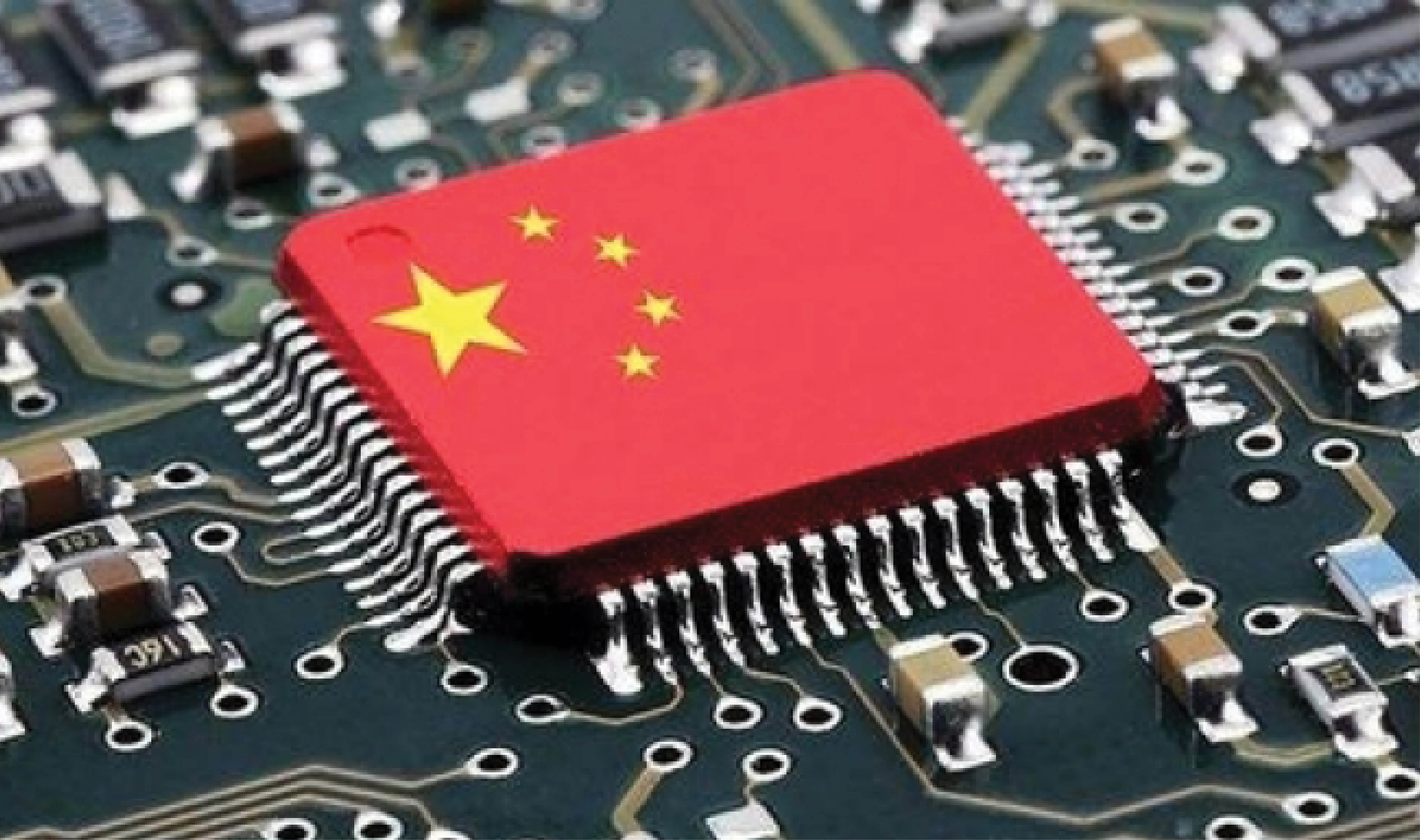As China marks 40 years of reforms and opening up, many analysts are taking stock of the path it has trodden and the strides it has made socio-economically and technologically. I myself being a student of China Studies since 1986 and a witness to the earth-shaking changes since 1991, when I visited China for the first time, have been mystified by the developments. I have no definite answers as my understanding remains inconclusive and incomprehensive, albeit I am not in the category of those who characterised China’s reforms as westernisation and predicted China’s disintegration, or that China was moving towards western democracy. The following figures answer some of the questions partially. After 40 years of reforms and opening up, China’s per capita GDP reached over US$9,000 in 2018 from the meagre US$384 in 1978. As revealed by President Xi Jinping’s speech on 18 December 2018, marking the 40th anniversary of reforms and opening up, China’s share in global GDP has risen from 1.8% 40 years ago to 15.2%; while its contribution to world economic growth has exceeded 30%. The total import and export volume of China’s goods has increased from US$20.6 billion to more than US$4 trillion; 740 million people have been alleviated from poverty, and urbanisation has reached 55.26%. Today, China boasts of 22,000 kilometres of high-speed railways (largest in the world), 123,000 kilometres of expressways, non-existent prior to the reforms. Prior to the reforms, China didn’t have a single private enterprise; at present there are over 20 million.
These figures reveal that China’s growth story has been unprecedented. How could this be achieved? First and foremost, institutional changes helped unleash the productive forces. For example, initially, the thrust of the reforms was in the rural areas, where a “contract household responsibility system” was implemented, thus linking remuneration to output. Between 1982 and 2008, a series of administrative reforms was introduced to create a leaner government structure, and bureaucracy was downsized by almost 50%, from a whopping 10 million people. During the third Plenary Session of the 12th Central Committee in 1984, the reforms were taken to the urban areas, and various systems of ownership, such as collectively owned enterprises, individual, private and foreign owned enterprises were introduced and encouraged. The Southeast Coastal Priority Development Strategy was unfolded, which saw the establishment of special economic zones, the experimental zone, the free trade zone, and free ports that helped some people to get rich.
Secondly, as China created new institutions and institutionalised reforms, it drew long-term strategic goals for the country’s development. For example, during the 13th national Congress of the Communist Party of China (CPC) held in 1987, a three-stage modernisation formula (sanbuzou) for the next 62 years was unrolled. The goals included, doubling the 1980 GDP to end shortages of food and clothing (jiejue wenbao wenti); quadrupling the 1980 GDP by the end of the 20th century and achieving the level of a moderately prosperous society (dadao xiaokang xueping); raising per capita GDP to that of moderately developed countries (dadao zhongdeng fada guojia de shuiping). To everyone’s surprise, China achieved the first stage by the end of the 1980s and the second stage in 1995, ahead of schedule. This vision continues and could also be seen in the “Two Step” formula for China’s development between 2020 and 2050 advocated by Xi Jinping during the 19th Party Congress. By 2035, China will basically realise socialist modernisation, and by the middle of the 21st century, “China will develop into a great modern socialist country that is prosperous, strong, democratic, culturally advanced, harmonious and beautiful”, to quote from Xi Jinping’s 19th Party Congress Report.
Thirdly, the strides in infrastructure and manufacturing lead to technological breakthrough and innovations. The industrial shift in the wake of the reforms, aided by higher labour costs and energy prices, resulted in a manufacturing boom in China, making it the “factory of the world”. Manufacturing and infrastructural development were primarily driven by the whopping 300 million migrant workers, who were responsible for creating wonders across China such as Pudong in Shanghai. However, as labour cost gradually went up, China took advantage of the new information technology and made huge strides in sectors such as telecom, energy, finance, etc. Today, China has made huge strides in artificial intelligence and quantum computing, automated machine tools and robotics, aerospace and aeronautical equipment, maritime equipment and high-tech shipping, modern rail transport equipment, new-energy vehicles, power equipment, agricultural equipment, bio-pharma and advanced medical products. Enterprises such as Ali Baba, Tencent, Huawei etc., are in the forefront of this new industrial revolution.
Fourthly, though liberals may not agree with the institutionalisation of “political meritocracy” in China in the wake of the reforms, however, this has proved to be a success albeit there remain gaps between the ideal and the practice. In order to cater to the needs of reforms and opening up, the CPC, right from the lower rungs to the higher echelons of power, demonstrated merit to achieve the goals. This resulted in regional economic decentralisation and determined the political mobility of the leaders through performance. In fact, politicians ranging from Jiang Zemin and Hu Jintao to Xi Jinping were provincial leaders from Shangahi, Guizhou/Tibet, and Fujian/Zhejiang, respectively.
Finally, since the blueprint for the future could be realised only in a peaceful surrounding, therefore, China in the last 40 years pursued the policy of good neighbourliness—obviously, Deng’s dictum, “bide your time and hide your capabilities was at play”. Deng’s notion of maintaining a “favourable environment” was changed to the policy of “good neighbourliness” during Jiang Zemin’s time, and to “harmonious peripheral diplomacy” in Hu Jintao’s time. And now, Xi Jinping intends to deepen relations with China’s neighbours in accordance with the “principle of amity, sincerity, mutual benefit, and inclusiveness and the policy of forging friendship and partnership”.

